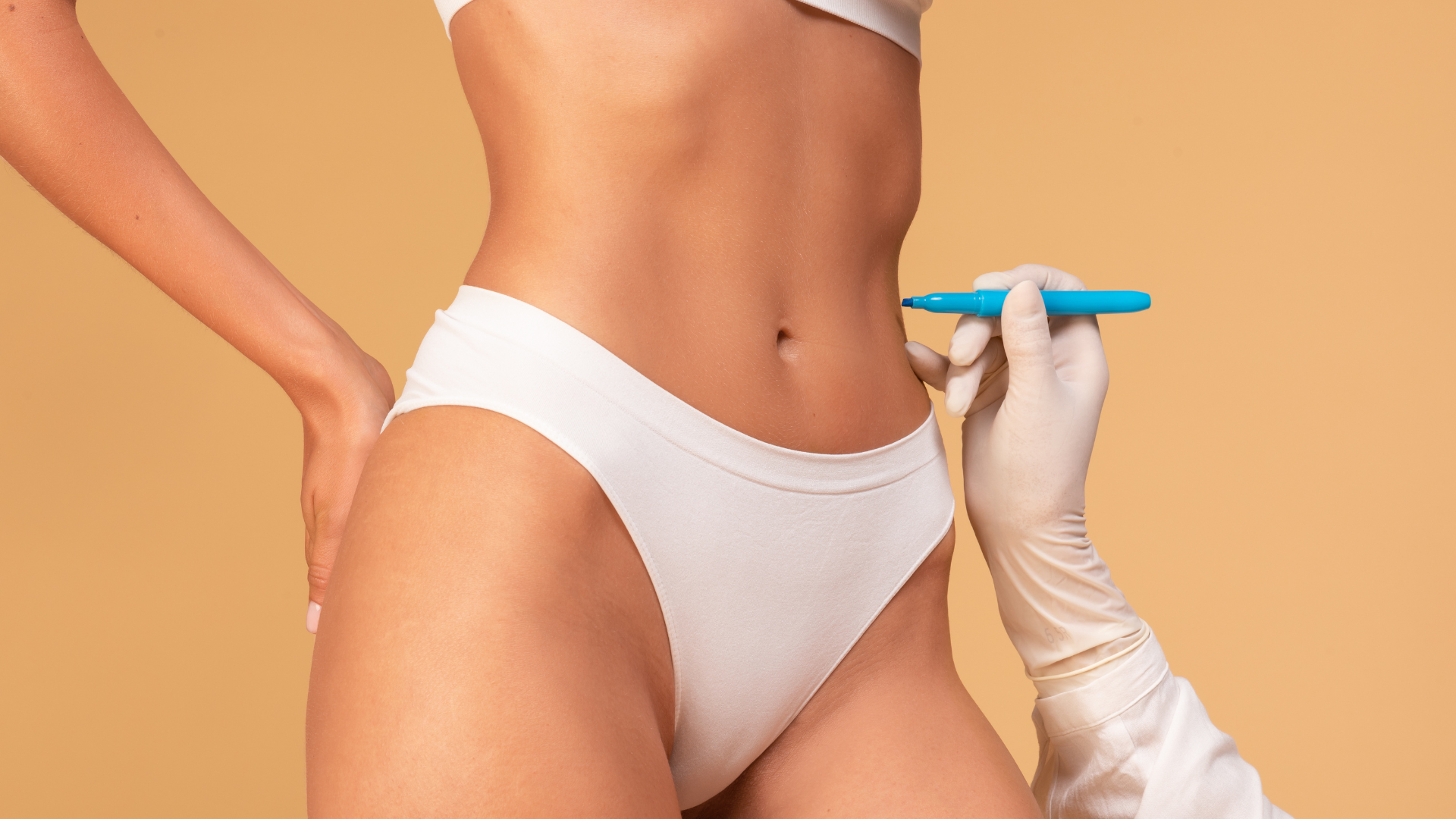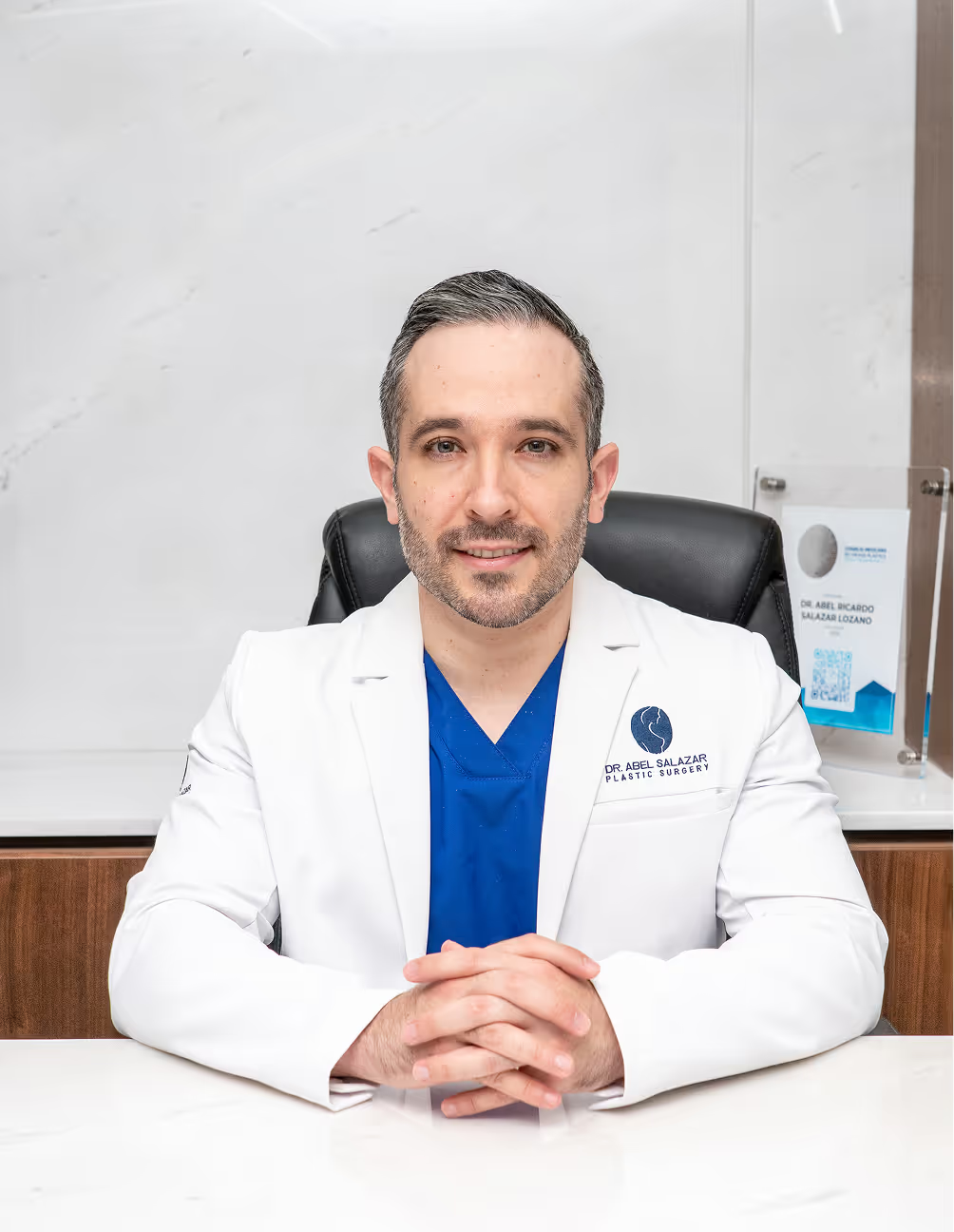

What to Expect After Liposuction? : Understanding Recovery and Outcomes

Date
September 29, 2025
Liposuction is a common procedure used to remove unwanted fat and shape the body. After liposuction, patients should expect some swelling, bruising, and mild discomfort that can last for several weeks. These side effects are normal and part of the healing process, but they may vary depending on the area treated and the technique used.
Recovery involves wearing compression garments to reduce swelling and support the skin. Patients usually start to see improvements within weeks, but full results can take months. Managing activity levels and following medical advice are key to achieving the best outcome.
Knowing what to expect can help patients feel more prepared and confident about their recovery. Understanding when to contact a doctor and how to care for the treated area can make healing smoother and reduce complications.
Key Points
- Swelling and bruising are normal after liposuction.
- Wearing compression garments helps recovery and improves results.
- Following medical advice is essential to avoid problems and promote healing.
Immediate recovery after liposuction
After liposuction, the body begins its healing process with common symptoms such as mild pain, swelling and bruising. It is vital to follow the plastic surgeon's instructions to avoid complications. Caring for the incisions and the correct use of compression garments help improve recovery and maintain the desired shape.
Common sensations: discomfort, swelling, and bruising
It's normal to feel discomfort and mild pain in the treated areas for the first few days. Pain is usually controlled with pain relievers prescribed by the plastic surgeon.
La swelling may be noticeable and lasts for several weeks. It is recommended to keep areas elevated and avoid intense physical exertion to reduce inflammation.
Los bruises they often appear around the intervened areas. These may last for days or weeks, but they gradually go away.
Following instructions for rest and medication helps to minimize these sensations and prevent complications.
Care for stitches and incisions
The incisions are usually small and it's important to keep them clean to avoid infection. The patient should wash gently with water and mild soap, as directed by the surgeon.
Unauthorized creams or products should not be applied to the area without consultation. It's also key avoid wetting the incisions at first, unless otherwise indicated.
The stitches can be resorbable or removed in consultation. Attend the follow-up appointments with the plastic surgeon allows you to monitor healing and detect problems in time.
Observing signs such as severe redness, oozing, or increasing pain is critical to informing a doctor right away.
Correct use of compression garments
Las compression garments are essential for maintaining body shape and facilitating the reduction of swelling. They should be used continuously, except for hygiene, for as long as indicated by the plastic surgeon.
These garments help improve blood circulation, prevent fluid accumulation and hold tissues in place.
It is important to choose the right size and place them without wrinkles to avoid annoying marks or circulatory problems.
Removing the garment without authorization or before the indicated time may prolong recovery and affect results.
First postoperative indications
The patient must Save relative rest in the first 24 to 48 hours, avoiding sudden movements or intense physical exertion.
It is recommended to take the medications prescribed for pain and follow a light diet.
Constant hydration promotes recovery and helps eliminate toxins.
Avoiding smoking or consuming alcohol is essential, as it can delay healing. In addition, it is necessary to attend all postoperative visits for the surgeon to evaluate the evolution and adjust care as needed.
Healing Process: Later Weeks and Months
After liposuction, the body goes through several important phases to reduce inflammation, improve comfort and adjust the contour. This process requires time and care to ensure proper recovery and visible results.
Gradual reduction of swelling and redness
At the end of surgery, swelling and redness are common in the treated area. These symptoms are usually most noticeable during the first two weeks and may last for several weeks, although they decrease over time. Swelling is gradually reduced, especially when following medical indications that include the use of compressive garments.
The redness also subsides little by little as circulation improves and inflammations in the deep layers of the skin dissipate. However, in some people, the swelling can last up to three months. Go to queries monitoring makes it easier to evaluate this process and detect any irregularities that require attention.
Evolution of discomfort and return to routine
After the operation, the patient may experience discomfort ranging from tenderness to mild pain. This discomfort is usually greatest during the first week and decreases in the following weeks. The use of prescribed painkillers and rest help to cope with this stage.
Most people can start light activities 10 to 14 days later, while more intense activities are recommended starting 1 month, always as directed by a doctor. Close monitoring ensures that the return to the routine is safe and avoids complications.
Scarring and skin changes
Surgical wounds usually heal within 2 to 4 weeks, depending on the care received and the individual response. During this phase, crusting and a pink hue are common on the skin near the incisions.
Over time, the skin begins to tighten to adapt to the new body contour. In some cases, the tissue may have temporary irregularities that improve in subsequent months thanks to the continuous production of collagen and the regeneration of the extracellular matrix.
Expected results with body contouring
Changes in body shape are not immediate. It is expected that the visible changes will begin when the swelling disappears and that the final contour will be seen after 3 to 6 months. The skin adjusts its structure to follow the new shape.
Maintaining a healthy lifestyle helps to preserve the results, while follow-up with the specialist allows us to assess the evolution and possible adjustments. Liposuction provides opportunities to achieve a firmer and more defined contour when all post-operative care is done.
Key Tips for a Successful and Lasting Recovery
Recovery after liposuction depends a lot on the decisions a person makes about their diet, lifestyle and daily habits. Taking care of these aspects avoids complications and helps to preserve results longer.
Healthy eating and recommended habits
A balanced diet is essential for a good recovery. It is recommended to consume fruits, vegetables, lean proteins and whole grains. Avoiding processed foods high in saturated fats and sugars helps reduce postoperative inflammation.
Staying well hydrated facilitates the elimination of toxins and promotes healing. It is also important to avoid the consumption of alcohol and tobacco, as they can slow down the healing process.
It is common for people to gain some weight after liposuction if the diet is not controlled. Therefore, limiting portions and eating frequent, small meals can prevent the accumulation of excess fat in areas such as hips and thighs.
Importance of a healthy lifestyle
Un active lifestyle greatly influences recovery. Incorporating gentle walks from the first few days helps improve circulation and prevent clots.
Avoiding a sedentary lifestyle is key for skin to adapt well to the new body shape. However, strenuous exercise should be avoided until indicated by the doctor.
Getting a good night's sleep helps reduce inflammation and improves the body's response to the repair process. In addition, managing stress contributes to better overall recovery.
When to Contact Dr. Salazar
After liposuction, it's normal to experience certain discomfort, but some situations require immediate medical attention. In addition, recovery must be monitored to ensure adequate evolution. It is essential to keep clear expectations about the results and to follow all the instructions of the plastic surgeon.
Warning Signs and Possible Complications
The patient should contact their plastic surgeon if they have severe pain that does not improve with analgesics, fever greater than 38°C, or redness and warmth in the treated area.
Other symptoms to watch for include swelling that worsens, heavy bleeding or bruising that grows rapidly, purulent discharge, or difficulty breathing.
These signs may indicate infections, large bruises, or adverse reactions. Detecting them early makes it possible to intervene and avoid serious complications during liposuction recovery.
Importance of follow-up appointments
Follow-up appointments are essential to evaluate progress and detect any problems in time. The plastic surgeon reviews the skin, the level of inflammation, and the progress in recovery.
In addition, the patient receives recommendations for the care of the area, exercises and the use of compressive garments. At these visits, the recovery plan is adjusted to avoid risks.
Keeping appointments helps to ensure that liposuction works well and to resolve questions that may arise during recovery.
Realistic expectations from the procedure
Liposuction improves body shape, but it is not a method for weight loss or a definitive solution against fat. Final results may take weeks or months to become visible.
The patient should understand that the skin may take time to adapt and that postoperative edema is normal. It's also important to maintain healthy habits to preserve long-term effects.
Having clear expectations avoids frustration and improves satisfaction with the procedure. The plastic surgeon must do an honest evaluation before and after surgery.
Frequently Asked Questions
What is the recovery process after liposuction?
Recovery begins with swelling and bruising in the treated areas. Pain usually lasts less than a week and is controlled with simple medication. Most people can return to normal activities within two weeks, but they should avoid strenuous physical exertion for at least a month.
What post-operative care should be taken after liposuction?
It is recommended to wear compression garments for several weeks to control inflammation and help the skin to adjust. It is essential to keep the area clean and follow medical instructions to avoid infections or complications.
How long does it take to see the results of liposuction?
Initial results are seen after a few weeks, but the final result may take 3 to 6 months to fully establish. Inflammation and possible fluid accumulation may obscure the definitive contour for the first few weeks.
What complications can arise after liposuction?
Among the most common complications are fluid accumulation, skin irregularities and, in rare cases, infections. It's important to see a doctor for any unusual signs such as redness, severe pain, or fever.
How does liposuction affect the skin and when does it firm up?
The skin may show some sagging after the procedure, especially if natural elasticity is low. Reaffirmation usually occurs over several months, but in some cases additional treatment may be necessary.
What type of diet and exercise are recommended after liposuction?
It is advisable to maintain a balanced diet low in salt to avoid fluid retention. Moderate exercise can begin after initial recovery to help maintain weight and improve appearance.

